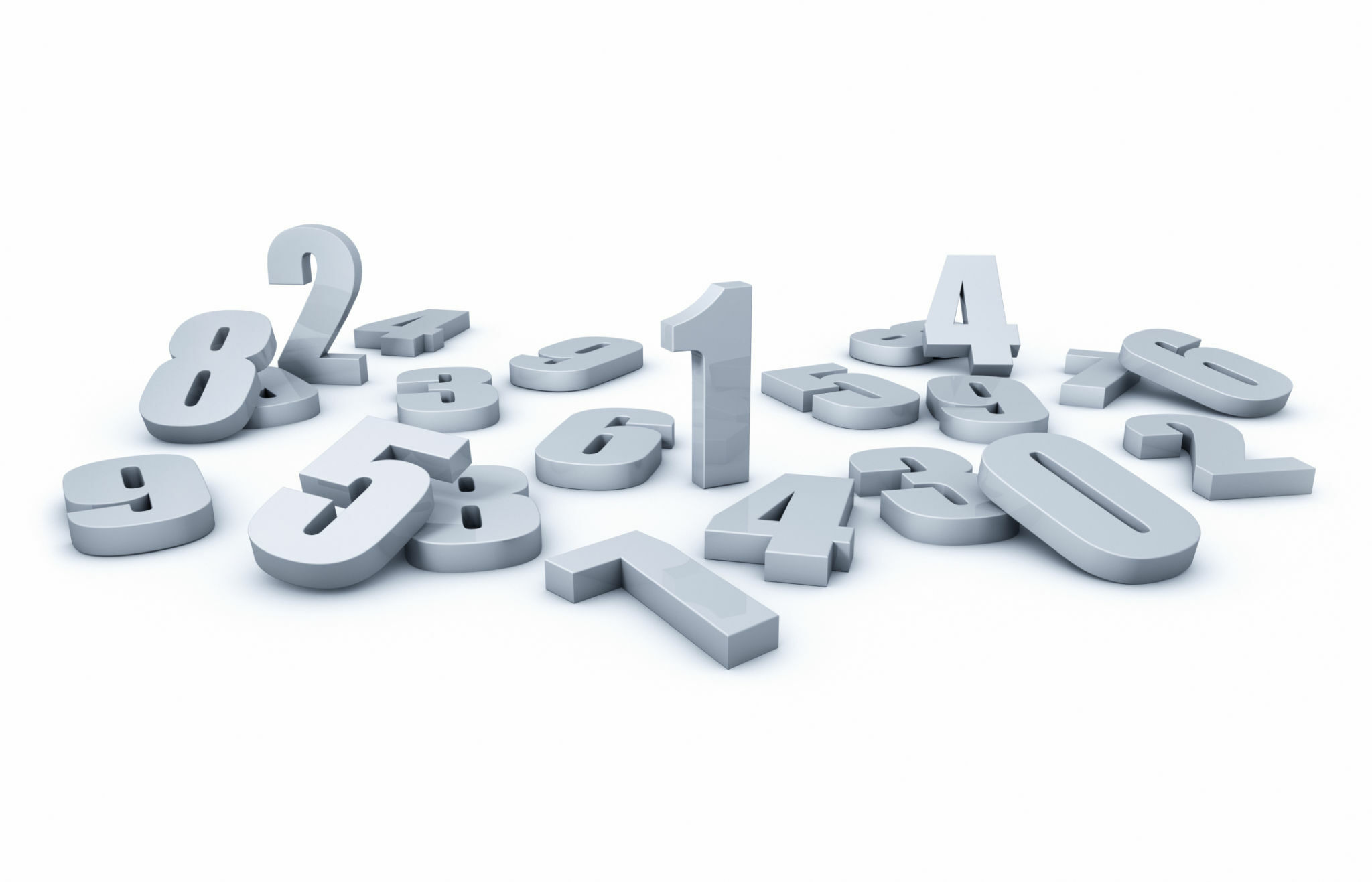Table of Contents
Unlock enhanced memory, focus, and quick thinking with Four Digits To Memorize NYT. Learn the impact, strategies, and real-world applications. Memorize effortlessly, and access information conveniently.
Ever marvel at those individuals who effortlessly remember numbers and codes? It turns out they employ easily learnable memory techniques. In this guide, you’re about to delve into the significance of memorizing four digits and how it can transform your ability to recall information. Stick around, and soon you’ll be effortlessly reciting strings of numbers like a seasoned pro.
The Impact of Four Digits To Memorize NYT
Memorizing seemingly simple four digits can significantly impact your life. Here’s why this seemingly small act makes a big difference:
1. Improved Memory
Exercising your brain by memorizing numbers enhances your memory over time. Initiate with four digits, like 5823, and progress to longer combinations to give your memory an even more robust workout.
2. Increased Focus
Memorization demands concentration, enhancing your ability to focus for longer periods. This skill applies to various areas of life, from work to hobbies and relationships.
3. Quick Thinking
Regular memorization practice improves your speed, translating to quick thinking in unexpected situations. Rapid storage and retrieval of information prepare you to respond swiftly to life’s challenges.
Read also: Spencer Bradley Make Him Jealous

4. Daily Use
Believe it or not, Four Digits To Memorize NYT daily aids in remembering common tasks like phone numbers, passwords, addresses, and birthdays. Cultivate a habit of memorizing numbers each morning to make daily details easier to recall.
While four digits may appear insignificant, the mental skills developed through memorization are immensely useful. Start today by selecting four random numbers to commit to memory, and watch your mind and memory thrive from the workout.
Decoding the Four-Digit System
The New York Times (NYT) employs a straightforward four-digit system for organizing information. Understanding how these codes are structured can empower you to navigate the NYT print edition effortlessly.
How the Codes Are Organized
The four digits represent the section, page number, column number, and article number on that page.
- The first digit indicates the section of the newspaper (e.g., 1 for Metro, 2 for Sports, 3 for Business).
- The second and third digits represent the page number (e.g., 12 for page 12, 305 for page 305).
- The last digit represents the article number on that page (e.g., 1215 for the fifth article on page 12).
Why the System is Helpful
This simple system facilitates the quick location of any article in the print edition. By entering the four digits, you instantly land on the exact item you seek. Regular use turns these codes into second nature, allowing you to navigate the NYT print edition effortlessly.
Strategies for Four Digits To Memorize NYT
Memorizing four digits may seem easy, but here are effective tips to ensure they stick in your mind:
1. Focus on One Digit at a Time
Avoid overwhelm by focusing on memorizing one digit at a time. Start with the first digit and gradually add the others using a chunking technique to simplify the sequence.
2. Create a Story or Image
Leverage your brain’s affinity for stories and visuals. Craft a story or mental image incorporating the four digits in order, making the sequence more memorable.
3. Repeat and Review
Repetition is key to memorization. Repeat the digits aloud and in your head, reviewing them after short breaks and before bedtime. Clear and confident articulation reinforces memory.
4. Associate with Familiar Dates or Addresses
Link the digits to familiar dates or addresses to add meaning. For example, visualize the number 3141 as March 14 or 314 1st Street.
5. Use Mnemonics
Create a mnemonic, like a rhyme or acronym, to represent the four digits. The sillier, the more memorable.
Consistent practice of these techniques ensures those four little digits become unforgettable. Stay focused, keep at it, and success is inevitable!
Mastering Memorization: Best Techniques
Memorizing numbers, dates, codes, or sequences poses challenges for many. Employ these techniques to enhance memory and retain crucial digits.
1. Chunking
Break information into smaller, manageable chunks for easier memorization. For instance, chunk the phone number 212-555-0199 into 212-555-0199.
2. Rhyming or Alliteration
Create rhymes, mnemonics, or phrases where numbers rhyme or alliterate with words, establishing a rhythmic pattern.
3. Visualization
Associate mental images or stories with numbers, capitalizing on the brain’s visual strength.
4. Repetition
Repeat numbers aloud or incorporate them into sentences, reinforcing memory through audible repetition.
5. Set Reminders
Frequently review numbers or codes by setting reminders, ensuring consistent exposure for effective memorization.
With regular practice, memorizing and retaining numbers becomes second nature. Be patient, stay committed, and watch those digits engrain in your memory.
Applying the Four Digits
Now that you’ve committed the NYT’s four digits to memory, it’s time to put them into action. Utilize these digits to access NYT articles without the need for a traditional email and password login.
Accessing Subscription Content
To access a subscription article, visit nytimes.com, locate the desired article, and enter the four digits instead of your email. Enjoy full access to the article and other NYT subscription content effortlessly.
If the digits don’t work initially, consider the following:
- Double-check the digit sequence for accuracy.
- Renew access if it has expired.
- Contact NYT customer support for account-related issues.
- Verify that the content is within your subscription.
While digital editions offer convenience, mastering the NYT four-digit system adds a satisfying layer of understanding to the time-tested organization. Try it out, and witness the convenience those four little digits bring!
Real-World Examples: Understanding Key Numbers
The New York Times featured an article highlighting four crucial digits for a better understanding of the world. Here are the numbers and their significance:
- 2,000: Daily caloric intake for the average person. Understanding aids in managing nutrition for weight maintenance, loss, or gain.
- 3.5%: Average global economic growth rate, crucial for career and financial planning.
- 7 billion: Current world population, highlighting the importance of stabilizing population growth for sustainability.
- 400 parts per million: Atmospheric carbon dioxide level, underscoring the urgency of transitioning to sustainable practices.
While not solutions to global issues, memorizing these numbers provides essential context and empowers informed choices for a healthier planet.
Common Mistakes: Avoiding Pitfalls with Four Digits
When memorizing NYT’s four digits, steer clear of common mistakes to ensure seamless access. Here are pitfalls to avoid:
1. Rushing Memorization
Take your time to read, visualize, and speak each digit. Avoid assuming you’ll remember—engage with the code actively.
2. Late-Night Memorization
Optimize memory by memorizing during the day when alert and focused. Nighttime memorization may hinder retention.
3. Distracted Memorization
Minimize distractions, turn off electronics, and give the code your full attention for effective memorization.
4. Neglecting Recall Practice
Actively practice recalling the digits to strengthen memory. Space out recall sessions for long-term retention.
By sidestepping these pitfalls, you’ll master the art of memorizing the NYT’s essential four digits. Stay patient, remain consistent, and witness your proficiency grow.
Engaging Practices: Fun Ways to Memorize Four Digits
Memorizing four digits can be enjoyable with diverse techniques. Here are some entertaining ways to enhance memorization:
1. Create a Story
Craft a short, vivid story incorporating the four digits. The sillier, the more memorable.
2. Set a Timer
Turn memorization into a game by timing yourself. Beat your records over multiple rounds for added engagement.
3. Use Mnemonics
Leverage rhymes, acronyms, or alliterations in mnemonics to add rhythm to memorization.
4. Flash Cards
Create physical or digital flashcards, gradually increasing speed as confidence grows.

5. Teach Someone Else
Reinforce learning by teaching the digits to others. Their questions and feedback enhance your understanding.
With regular engagement in these techniques, those four little digits will become second nature. Memorization doesn’t have to be mundane—make it enjoyable with focus, repetition, and creativity.
Wrapping Up
In conclusion, mastering the art of Four Digits To Memorize NYT is not just a simple exercise; it’s a gateway to unlocking enhanced memory, focus, and quick thinking. The impact extends beyond the seemingly mundane task of recalling numbers, reaching into various aspects of our daily lives, from work to personal relationships. The strategies provided, from focusing on one digit at a time to creating memorable stories, offer a comprehensive guide to making those four little digits unforgettable.
Understanding the New York Times’ four-digit system adds a layer of convenience to accessing information, showcasing the practical applications of the memorization techniques explored. Real-world examples further emphasize the power of numbers in providing context and empowering us to make informed decisions.




